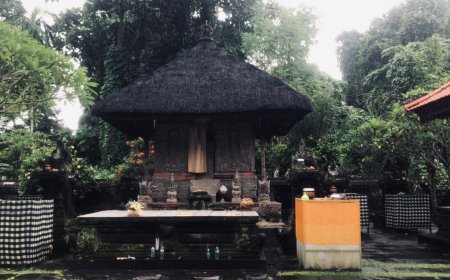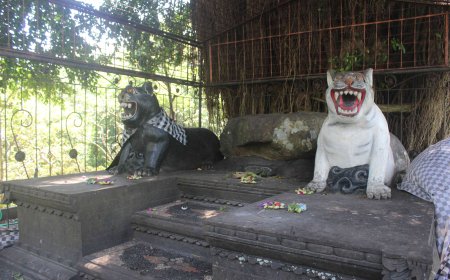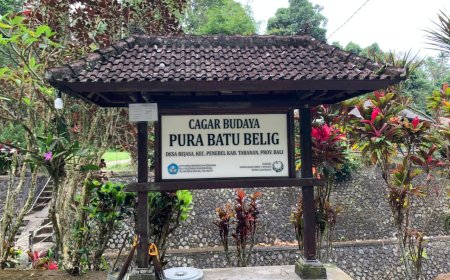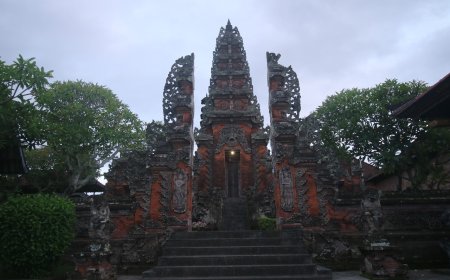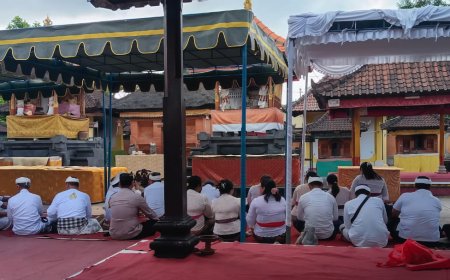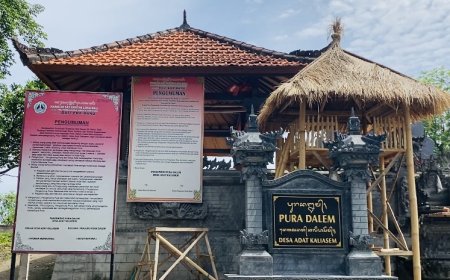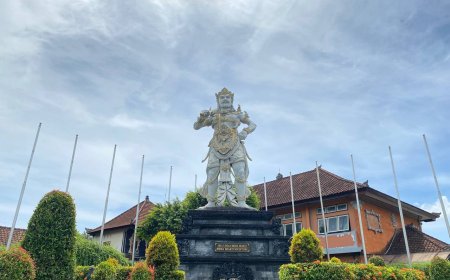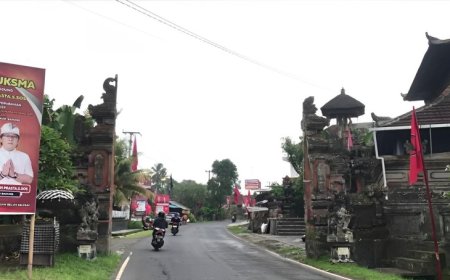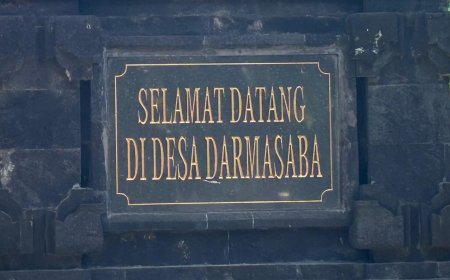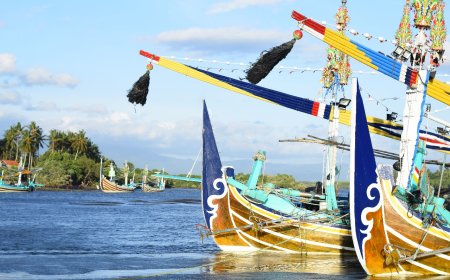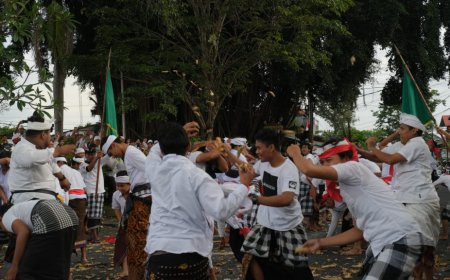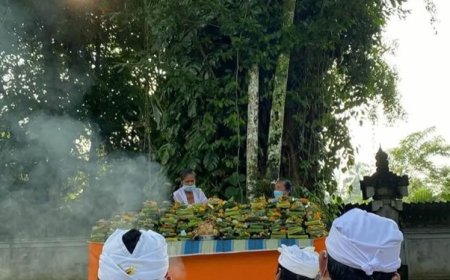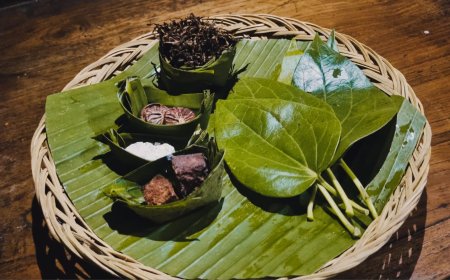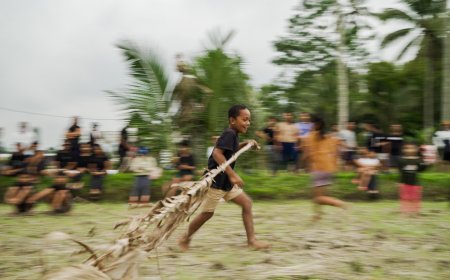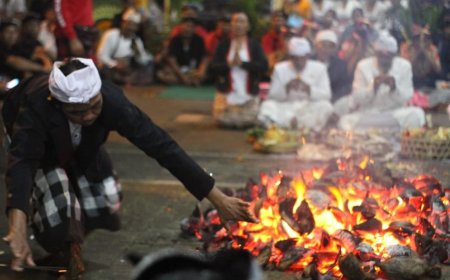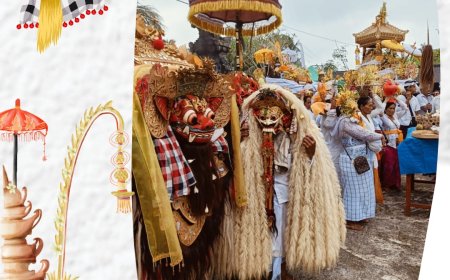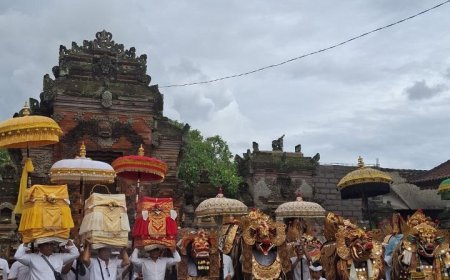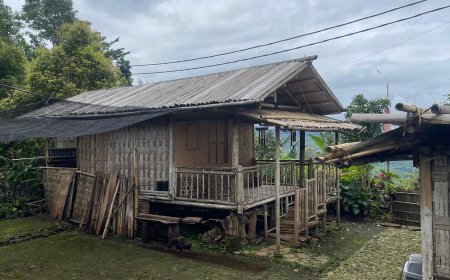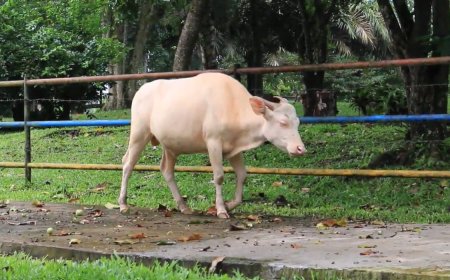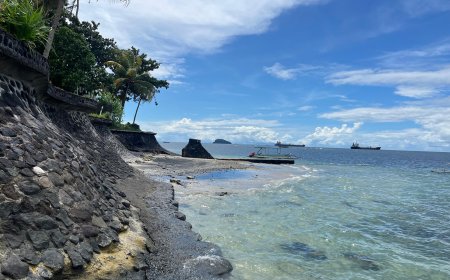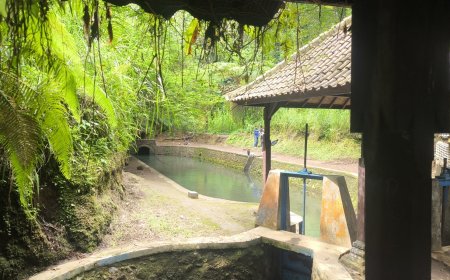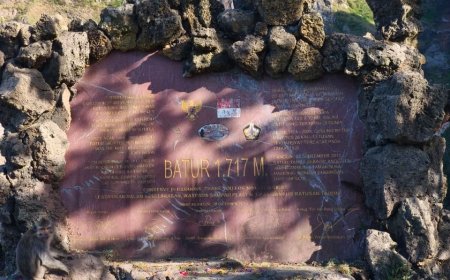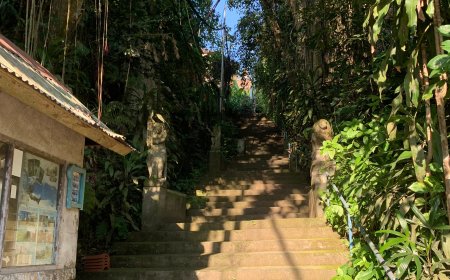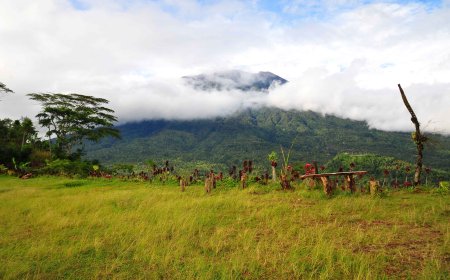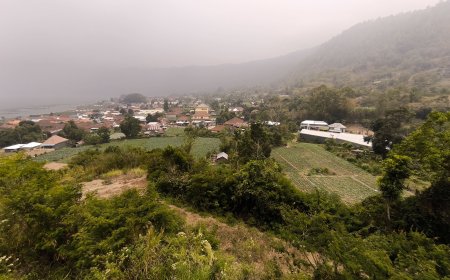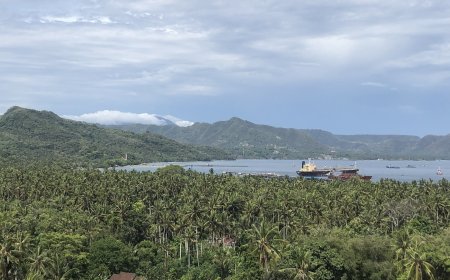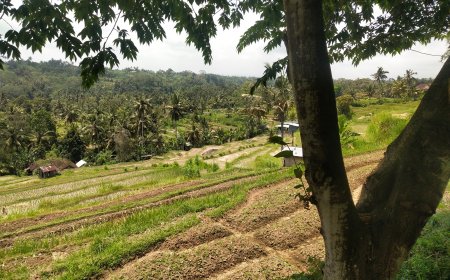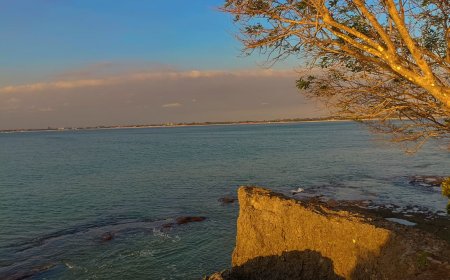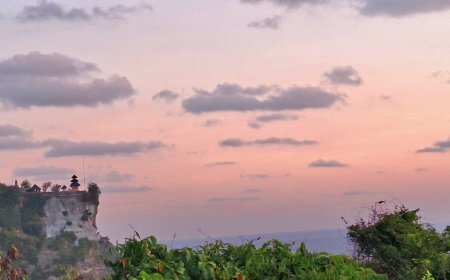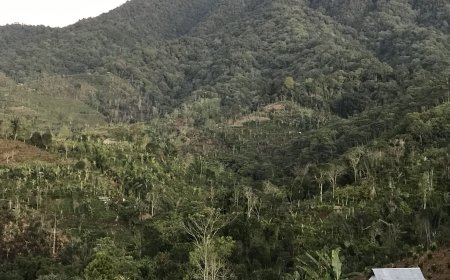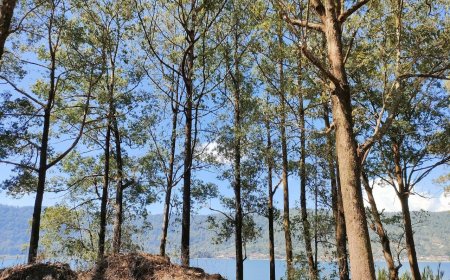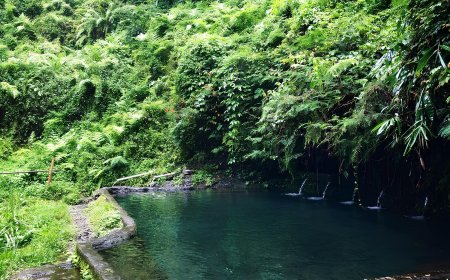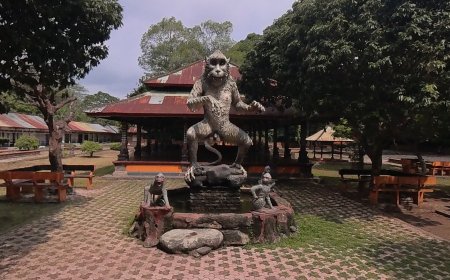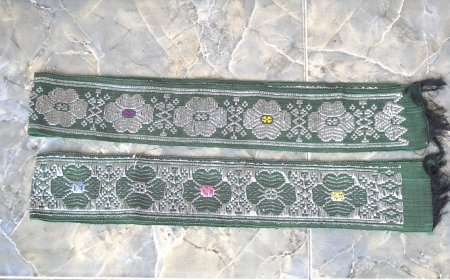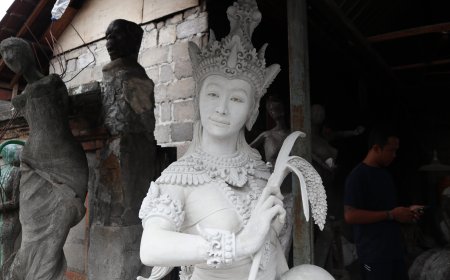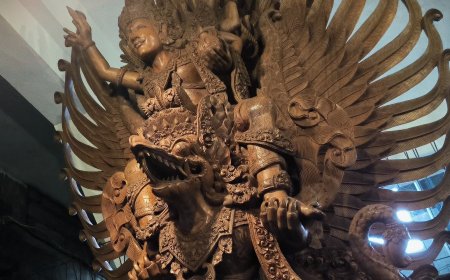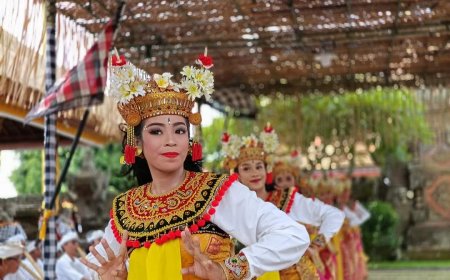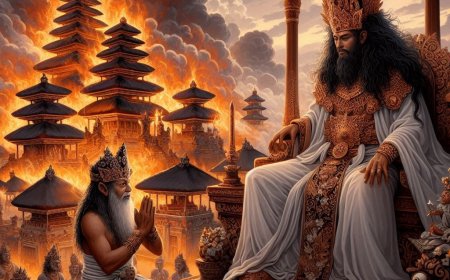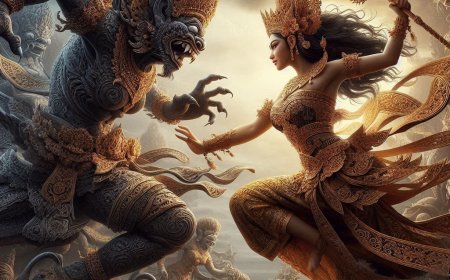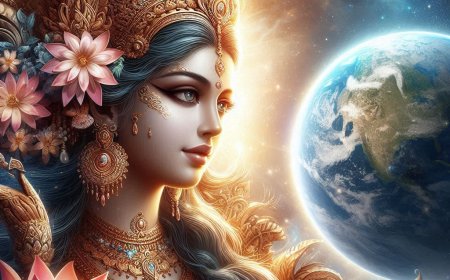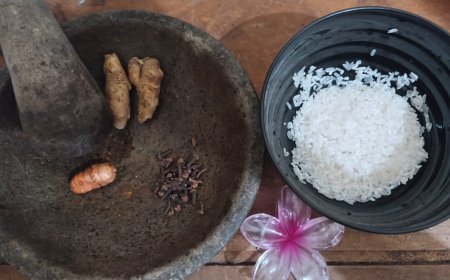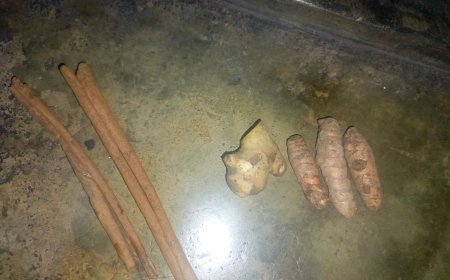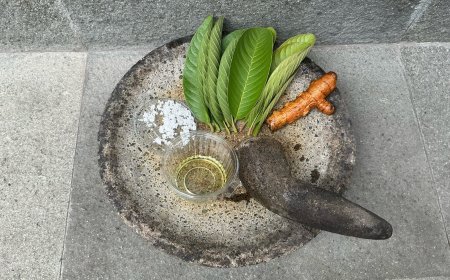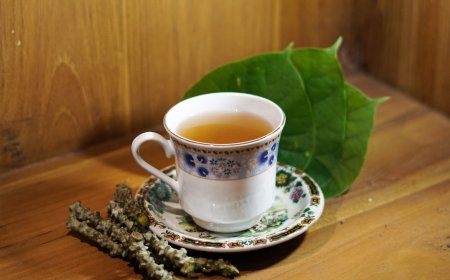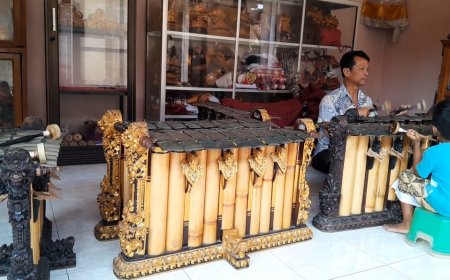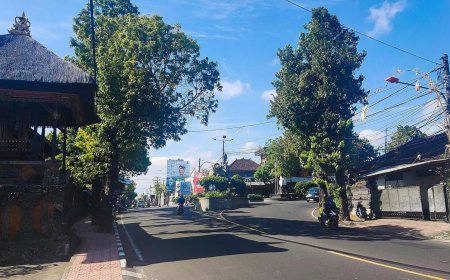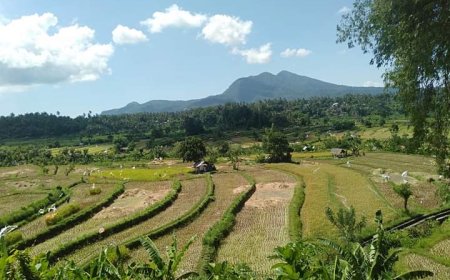Desa Pakraman Denpasar : History and Tourism in the Heart of Denpasar City
Denpasar, as the capital of Bali Province, has a long history that began with the garden of the King of Badung, Kyai Jambe Ksatrya, and developed into a center of culture and government. Denpasar Pakraman Village, with its customary system based on the concept of Tri Hita Karana, plays an important role in the preservation of Balinese tradition and culture. The area around Pasar Badung and Puputan Badung Square also offers a tourist experience that introduces the beauty of classic Balinese architecture and cultural events that are often held.
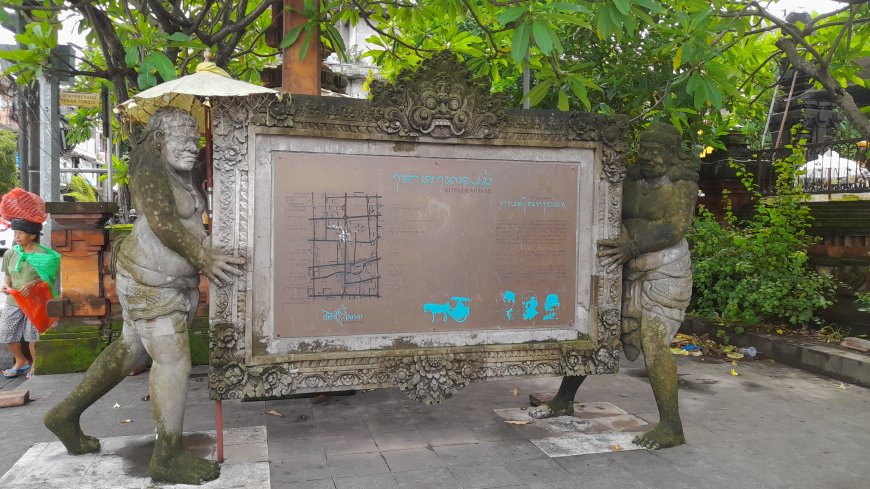
Denpasar, as the capital of Bali Province, has a long and interesting history that reflects the journey of Balinese culture, government, and the development of Balinese society from time to time. The name “Denpasar” itself is derived from two Balinese words, “den,” meaning north, and “pasar,” meaning market. The name refers to Denpasar's location north of the main market in the area. Before it became a city, Denpasar was a park managed by the King of Badung, Kyai Jambe Ksatrya, known as a place to play cockfighting, one of the king's hobbies. The park not only became the king's personal space, but also developed into a very important meeting place for other kings in Bali, who often gathered to discuss various important matters related to government and culture.
Administratively, Denpasar City was formed in 1788, which marked the beginning of its long journey in building an organized government structure. At that time, the Denpasar area was part of Badung Regency and was under the rule of two of Bali's main kingdoms, Puri Pemecutan and Puri Jambe Ksatrya. Each of these kingdoms had a very strong influence on the political, social and cultural life of Balinese society at that time. The western region of Tukad Badung, for example, was under the control of Puri Pemecutan, while the eastern region, including Denpasar, was controlled by Puri Jambe Ksatrya. The existence of these two kingdoms gave its own color in the development of Denpasar, both in terms of government and in the management of community life.
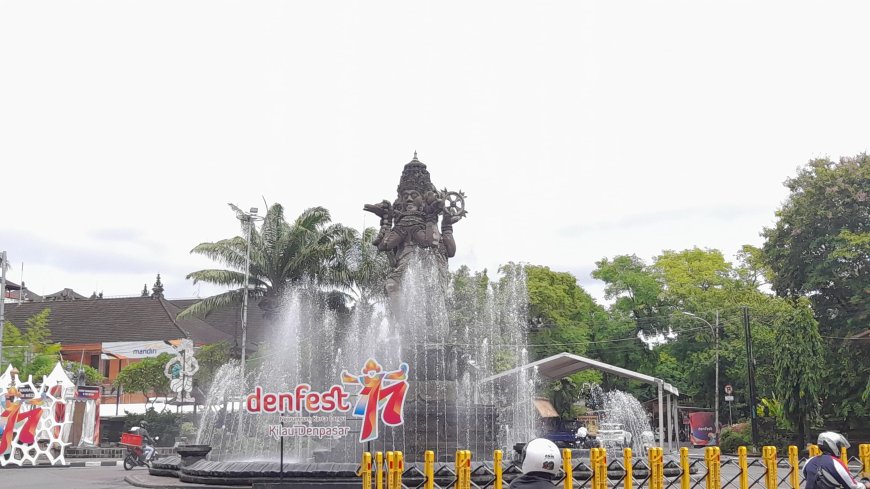
Catur Muka Statue (Photo Source: Private Collection)
Denpasar City consists of four sub-districts: South Denpasar, East Denpasar, West Denpasar, and North Denpasar. According to 2021 data, Denpasar City has 35 traditional villages (also known as pakraman villages), all of which have awig-awig or customary regulations. A traditional village, also known as a pakraman village in Bali, is a customary law community that has its own structure and government system based on Balinese traditions and cultural values. The village serves as a forum for the preservation of customs, arts and culture that have been passed down from generation to generation. Customary villages have regulations or awig-awig that govern the lives of the community, including worship procedures, resource management, and internal conflict resolution.
In general, the terms “Desa Adat (Traditional Village)” and “Desa Pakraman” are often used interchangeably, as they refer to the same entity. However, the term “pakraman village” is more commonly used in the legal context in Bali, especially after the enactment of Bali Province Regional Regulation No. 3/2001 which regulates Pakraman Village. This regulation emphasizes the function of Pakraman villages as guardians of harmony between humans, nature, and God, in accordance with the concept of Tri Hita Karana.
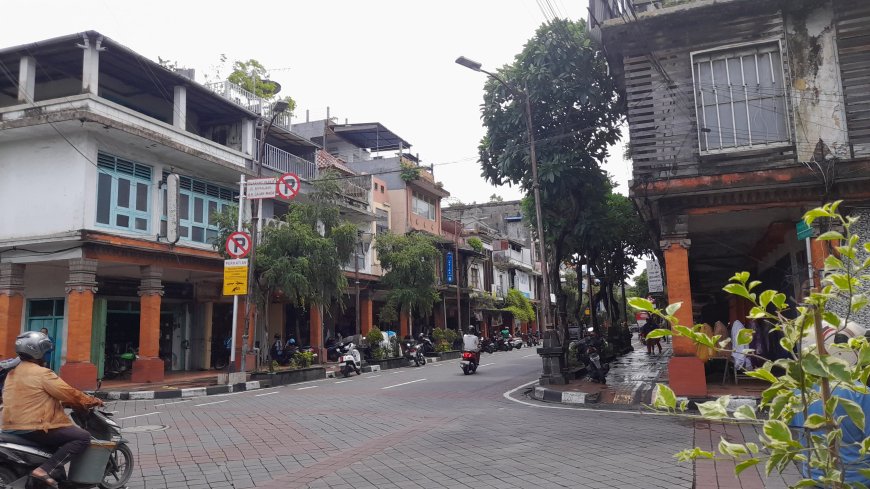
Condition of Gajah Mada Street (Photo Source: Private Collection)
Desa Pakraman Denpasar has a history that is closely related to the development of Denpasar City as the center of Balinese culture and government. This traditional village was born from a traditional Balinese organizational system that has existed since the era of the Gelgel Kingdom and continued during the Badung Kingdom. This system is based on the concept of Tri Hita Karana, which emphasizes the balance between man, nature, and God. Before it was known as Desa Pakraman, this traditional community was referred to as “Desa Adat,” which governed people's lives in religious, social and economic matters.
The transformation of the term “Desa Adat” into “Desa Pakraman” began in the 1990s as part of the adjustment of customary law to Indonesia's regional autonomy policy. This change was officially regulated in Bali Province Regional Regulation No. 3/2001, which confirmed Desa Pakraman as a customary institution with a formal legal basis. Denpasar Pakraman Village became one of the largest Desa Pakraman in Bali, managing various aspects of customary life through awig-awig or customary regulations.
Over time, Desa Pakraman Denpasar not only functions in terms of custom and religion, but also plays an important role in social and cultural development. The village contributes to the preservation of traditions such as religious ceremonies, dance, and gamelan, as well as being a center for the development of Balinese cultural identity in the midst of modernization. To this day, Denpasar Pakraman Village remains a symbol of the strength of Balinese culture and tradition. With various traditional banjars under its auspices, the village continues to adapt to the challenges of the times while maintaining the noble values that have been passed down by their ancestors.
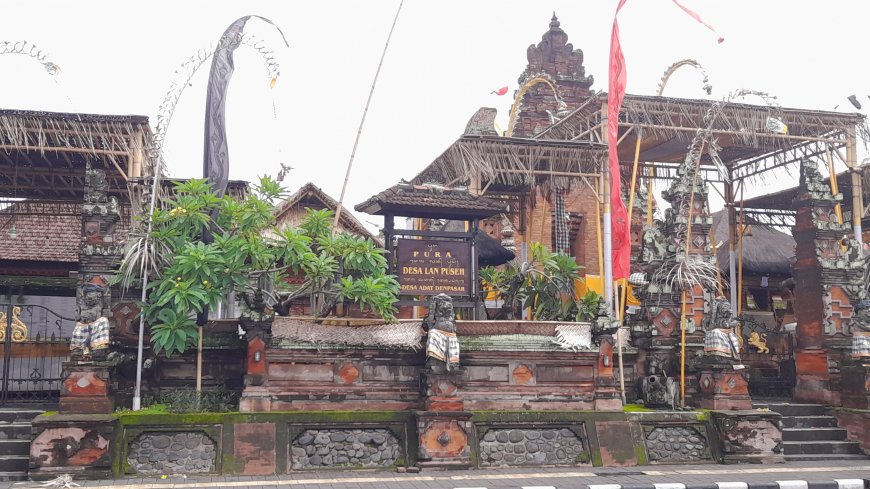
Pura Desa Pakraman Denpasar (Photo Source: Private Collection)
In every traditional village in Bali, there is a Pura Kahyangan Tiga which is the spiritual center and symbol of harmony between mankind, nature, and God. Pura Kahyangan has an important role in maintaining the balance of social and spiritual life of the Balinese people. In Denpasar Pakraman Village, there is Pura Kahyangan Tiga which is the main spiritual center for each traditional village. Pura Kahyangan Tiga consists of three main temples that have their own functions, namely Pura Puseh, Pura Desa, and Pura Dalem.
Pura Puseh is usually located in the eastern part of the village and is used to honor the ancestral spirits and guardians of the village. This temple serves as a place to ask for safety and protection for the community. Meanwhile, the Pura Desa is located in the center of the village and has an important role to worship Dewi Sri as a symbol of the welfare and prosperity of the village. Pura Dalem, located in the western part of the village, is used to worship the spirits of deceased ancestors and keep the community safe from negative threats. These three temples together form a unity that creates harmony in the spiritual and social life of the Balinese people.
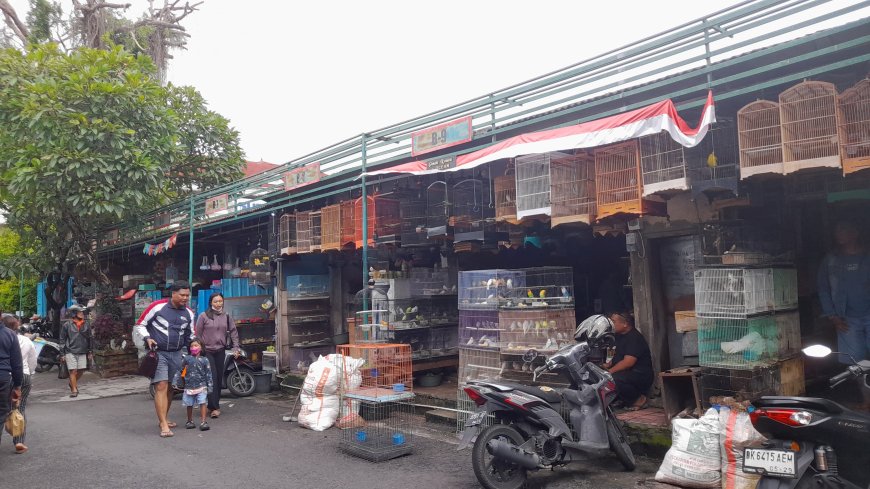
Around Pasar Badung and Jalan Gajah Mada, the Denpasar Pakraman Village houses many authentic old buildings, reflecting Bali's rich historical and cultural heritage. The area is known for its classic Balinese architecture that is still preserved today, offering a distinctive landscape with a traditional feel. Tourists who visit this area can enjoy the beauty of historical buildings that are silent witnesses to the long journey of Denpasar city, while experiencing the Balinese atmosphere that is thick with local wisdom. In addition, Pasar Badung, the largest traditional market in Denpasar, is also a bustling shopping center, serving a variety of local products that illustrate the diversity of Balinese culture.
Not far from there, Lapangan Puputan Badung is one of the most popular places among tourists and locals alike. The field is not only used for sports, but also for recreation and events, such as cultural festivals, art exhibitions, and important anniversaries. Its strategic location in the city center, with a spacious open atmosphere, provides comfort for visitors to relax while enjoying the beauty of the surrounding parks and buildings. Puputan Badung Square is a symbol of struggle as well as a center of social and cultural activities that connects the past and the present.
Pasar Burung Satria, established in the 1980s, not only functions as a hub for trading birds, cages, and gemstones but has also developed into a tourist attraction in Denpasar City. Built on land owned by Puri Satria, this market was originally created to assist traders displaced by the construction of the GOR Lila Buana in Kreneng. With rapid development, the market has now become an appealing destination for both local and international tourists. In addition to serving as a place for vendors to sell various types of birds and related accessories, the market offers a unique experience for visitors interested in Bali's local culture, where they can enjoy the atmosphere of a traditional market imbued with Balinese charm.
